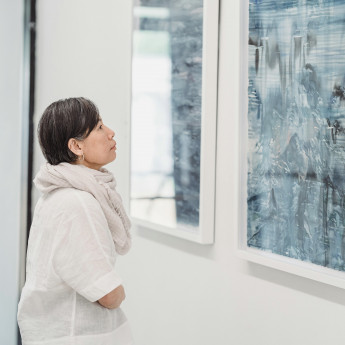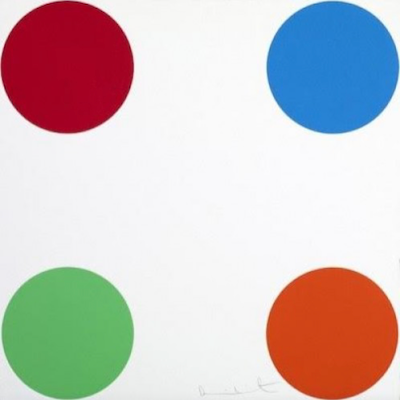



Details
Artist
Styles
Portfolio of 6 silkscreens // Liam Gillick’s Agriculture, Dentistry, Anarchy… from 2011 is a portfolio of six silkscreens that explore the intersection of art with various disciplines. Each print in the series features the phrase “art &” followed by a different field—agriculture, anarchy, chemistry, dentistry, fishing, and plumbing—set against vibrant colored backgrounds with abstracted bookshelf-like graphics. The structure suggests a modular framework, highlighting the adaptability and interconnectedness of art with diverse areas of human activity. Gillick’s work challenges the boundaries between fields, provoking thought on how art informs, critiques, and coexists with both scientific and practical domains in society.
Agriculture, Dentistry,Anarchy..., 2011
form
Medium
Size
81 x 65 cm
- Inches
- Centimeters
Edition
Price
- USD
- EUR
- GBP
Details
Artist
Styles
Portfolio of 6 silkscreens // Liam Gillick’s Agriculture, Dentistry, Anarchy… from 2011 is a portfolio of six silkscreens that explore the intersection of art with various disciplines. Each print in the series features the phrase “art &” followed by a different field—agriculture, anarchy, chemistry, dentistry, fishing, and plumbing—set against vibrant colored backgrounds with abstracted bookshelf-like graphics. The structure suggests a modular framework, highlighting the adaptability and interconnectedness of art with diverse areas of human activity. Gillick’s work challenges the boundaries between fields, provoking thought on how art informs, critiques, and coexists with both scientific and practical domains in society.
Who are the Young British Artists - YBA
Young British Artists (YBAs), also known as Britart or Brit artists, refers to a group of artists who began exhibiting together in London in 1988. Most of them graduated from the BA Fine Arts course at Goldsmiths in the late 1980s. The YBAs are known for their wild lifestyles, use of unconventional materials, and a combination of entrepreneurial and oppositional attitudes. They dominated the British art scene in the 1990s and gained significant media attention. Many of these artists were initially supported and collected by Charles Saatchi, a key figure in their rise to prominence.












